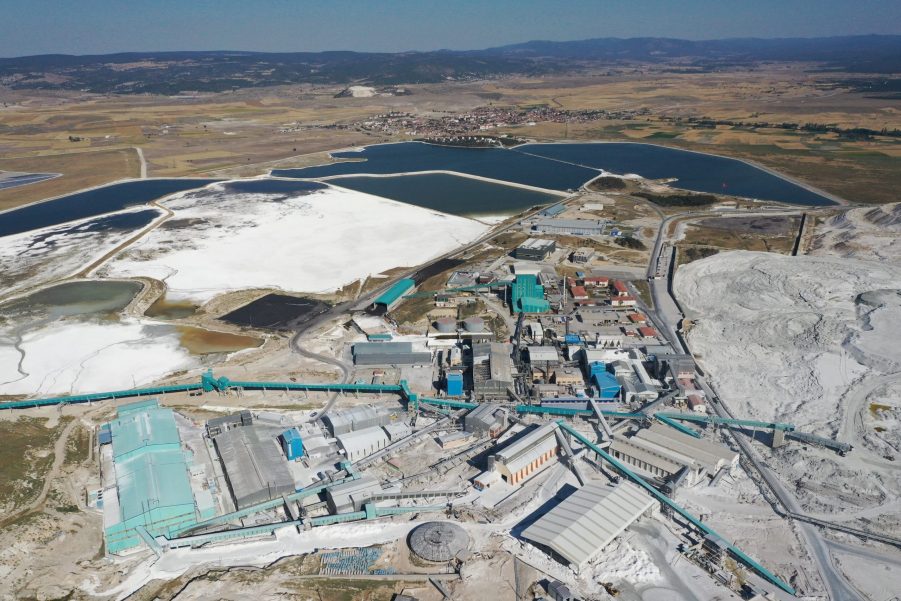
As Electric Cars Are Built, Will Lithium Run Out?
Lithium is the core component of the lithium ion batteries in electric cars. They’re a relatively new technology that replaced the dated lead-acid batteries of yesteryear. But there isn’t an infinite supply of lithium on earth, and mining it is a difficult process. If the production of electric vehicles continues to rise, will we run out anytime soon, and what are the consequences if we do?

The estimated demand electric cars will generate
More automakers are pledging to go all-electric by 2030 or 2040. That means they’ll need leviathan amounts of lithium for their cars. Without it, they have no products. In other words, as more EVs are introduced, the demand will only grow exponentially.
According to Forbes, the amount of power EVs will need is estimated to be 2,700GWh (Gigawatts hours). Now, let’s do some math: a typical lithium ion battery can store 150 watts per kilogram. Convert 2,700GWh to watts, then divide that by 150 to get the total kilograms of lithium needed. The answer? 18 billion kilograms, or 20 million tons.
Now, take those numbers with a grain of salt, that’s just some paper-napkin math. Some batteries may make more watts per kilogram, and some may make less. But here’s where things start to get dicey: The approximate amount of lithium on earth is between 30 and 90 million tons. That means we’ll will run out eventually, but we’re not sure when.
PV Magazine states it could be as soon as 2040, assuming electric cars demand 20 million tons of lithium by then. Or it could be closer to 2100, giving us 100 years to find another renewable energy. But we shouldn’t just be worried about the future. We ought to be worried about now.
The lithium supply-chain is bottoming out

Right now, the problem doesn’t lie in the amount of lithium. The demand isn’t quite high enough where we’ll run out in the next 10 years. The problem is how fast it can be extracted. Current infrastructures for mining lithium are equipped to handle lower amounts of production. And building new mines can take years as the raw material is deep in the earth’s core. In other words, the sudden rise in demand might have some companies scrambling.
But as of late, lithium prices have hit record lows, forcing producers to close more mines rather than open them. So as the demand is rising, the supply is lowering. In order for lithium producers to bounce back, they’ll have to start hiking the price.
But new EVs barreling off the assembly lines provides an opportunity for lithium producers to turn a hefty profit. More demand means more people will pay higher prices for the resource. The only question is when this will happen, and when it may become a problem.
Will using lithium become an issue?

Remember when the US ran out of oil so gas prices skyrocketed? Well, lithium may have a slightly opposite effect. The price could go up, but that’s because the demand will increase magnificently. The unfortunate side effect of this is that, as manufacturing prices go up, EVs will cost more to make and become less affordable. This hurts the automakers and the consumer, but will certainly benefit the lithium producers.
And then there’s the underlying issue that lithium will one day run dry. We’ll begin to use too much, rely on it too heavily, and before we know it we’ll have used it all up. Imaging the truffula trees from The Lorax: EVs will keep using lithium until it’s run dry. Then what?
One possible solution is recyclable batteries. If automakers find ways to reuse lithium batteries, that’d certainly buy us some time. Alternatively, they could rely on other fuel sources such as hydrogen, which is the most common element in the universe. Electric cars seem like the future, they may just be a stepping stone to other renewable energies. They’ll get us out of a jam now, but lithium might not be a permanent solution.


